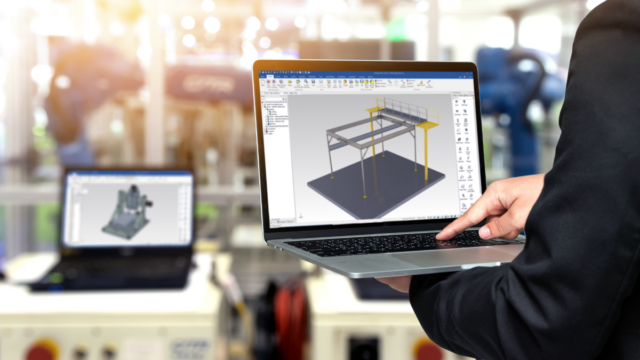
Computer-Aided Design (CAD) has revolutionized the field of design and drafting, providing a platform for technical precision, improved productivity, and customized solutions. Leveraging CAD drafting technology, professionals in various fields – from architecture and engineering to manufacturing and product design – can create, modify, analyze, and optimize their designs. This article delves into how CAD drafting technology can deliver customized solutions for diverse design needs.
CAD and Sustainability: Eco-Friendly Design Solutions
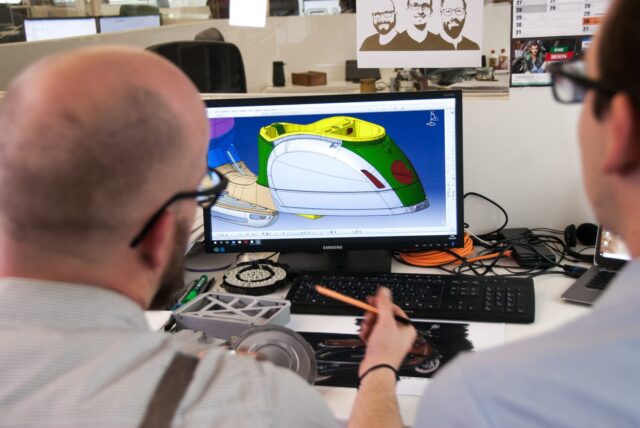
CAD promotes sustainable design. It lets designers test their designs’ environmental impact before they’re built. It can optimize energy use, reduce material waste, and incorporate renewable resources into designs, making them more sustainable. CAD also helps eliminate waste from overestimating material quantities by providing accurate data.
BIM: Enhancing Customization in Architectural Design
BIM is a higher-level CAD application that creates and manages digital representations of a facility’s physical and functional characteristics. BIM adds specifications, schedules, and cost estimates to CAD drafting. This rich dataset helps architects and engineers outsource CAD drafting services, make better design decisions, and deliver project-specific solutions.
CAD in Education: Customized Learning Experiences
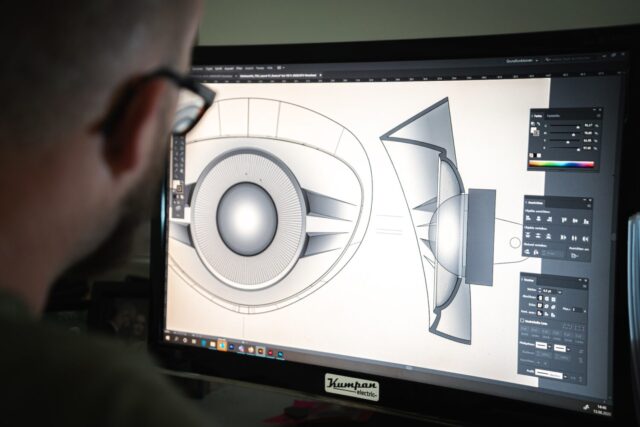
CAD drafting technology is also transforming education, specifically in design-related disciplines. Educators can provide students with practical, hands-on experience in digital design by integrating CAD software into the curriculum. This exposure equips students with the necessary technical skills and enables them to experiment with their plans and explore their creative ideas. Furthermore, CAD can be tailored to different learning styles and paces, offering a more personalized and engaging learning experience.
The Power of CAD Drafting Technology
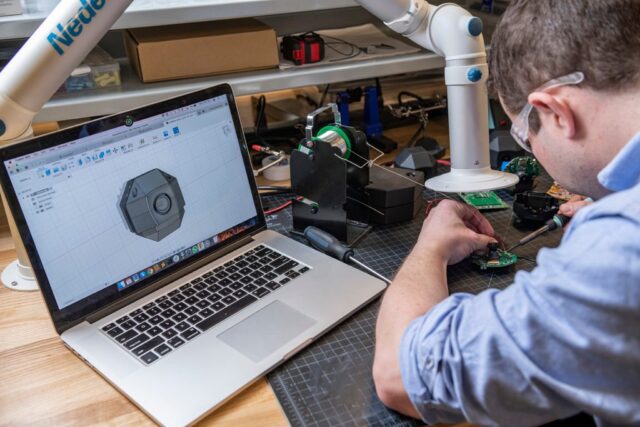
The Genesis of CAD: A Game Changer in Design and Drafting
The advent of CAD marked a significant shift from traditional manual drafting to digital design. CAD software enables the creation of 2D drawings or 3D models of objects on a computer, making the design process more efficient and flexible. It eliminates the need for tedious hand drafting and offers powerful design modification, visualization, and analysis tools.
Beyond Designing: CAD as a Multifaceted Tool
While CAD technology is primarily used for design and drafting, its capabilities extend beyond. It can simulate real-world performance, enabling designers to test and refine their techniques. It can generate detailed technical drawings that guide the fabrication or construction process. It can also create photorealistic renderings and animations for presentation and marketing purposes. These multifaceted capabilities make CAD an invaluable tool in the design industry.
Customized Solutions through CAD Drafting
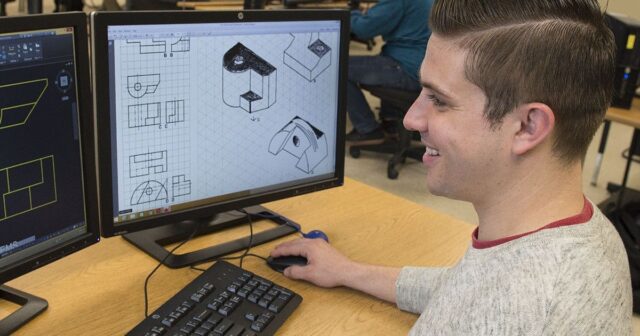
Precise and Personalized: Tailoring Designs with CAD
One of the most significant advantages of CAD drafting technology is its ability to provide customized solutions. Designers can use CAD to tailor their designs to the specific requirements of each project, client, or user. Whether it’s designing a bespoke piece of furniture, a unique architectural element, or a specialized engineering component, CAD allows for precision and personalization. It enables designers to explore various design possibilities and create innovative and responsive solutions to each context’s unique needs.
Streamlining Workflow: Automating Tasks with CAD
CAD software also allows for the automation of repetitive design and drafting tasks, making the design process more efficient. Designers can create customized templates, libraries, and scripts that automate certain tasks, saving time and reducing errors. They can also establish standardized drafting conventions, ensuring consistency across drawings. This level of customization streamlines the workflow and allows designers to focus on more creative and complex aspects of the design.
Collaborative and Integrated Design with CAD

Real-Time Collaboration: Bridging Geographical Divides
CAD drafting technology fosters a collaborative design environment. With cloud-based CAD conversion services, multiple users can access and edit the same design file in real-time, regardless of location. This real-time collaboration allows for exchanging ideas, iterative feedback, and coordinated decision-making, leading to a more integrated and efficient design process.
Integrating Design and Fabrication: From Digital to Physical
CAD also facilitates the integration of design and fabrication processes. With technologies like Computer-Aided Manufacturing (CAM) and 3D printing, the digital designs created in CAD can be directly translated into physical objects. This seamless integration allows for greater control over the fabrication process, enabling the production of complex forms and custom-made elements with high precision and efficiency.
Virtual Reality (VR) and CAD: Immersive Design

Exploration
With the rapid advancements in technology, the integration of Virtual Reality (VR) with CAD has revolutionized the design experience. Designers and clients can now immerse themselves in a 3D environment, walking through spaces and interacting with elements even before they are physically built. This provides a unique perspective, allowing for real-time feedback and adjustments. It also bridges the gap between abstract designs and tangible experiences, ensuring that the final product meets the user’s expectations. By leveraging VR, CAD professionals offer more engaging and insightful customized solutions, reducing the chances of costly errors and rework.
AI-Powered CAD: Predictive and Intelligent Designing
Artificial Intelligence (AI) has made its way into the realm of CAD, offering unprecedented opportunities for predictive design and automation. By analyzing vast datasets, AI can suggest optimal design choices, anticipate potential issues, and streamline repetitive tasks. This not only speeds up the design process but also ensures more precise and error-free outcomes. Moreover, AI-driven CAD systems can adapt and learn from the designer’s preferences over time, offering truly customized solutions. As we venture deeper into the age of smart technology, AI-powered CAD is set to redefine the boundaries of what’s possible in design.
Mobile CAD: On-the-Go Design and Collaboration
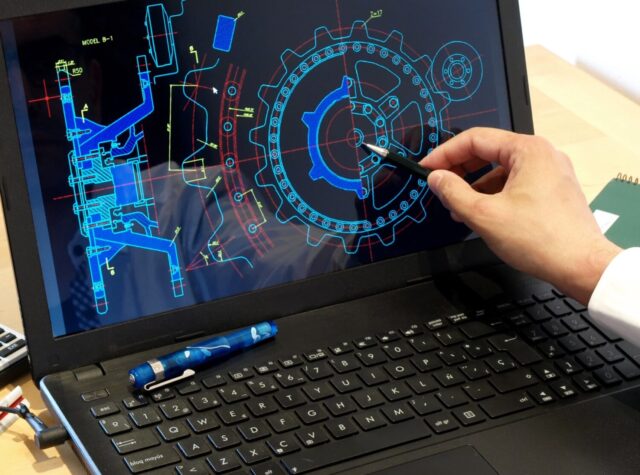
The era of being tethered to a workstation for design tasks is fading, thanks to the rise of mobile CAD applications. These apps empower professionals to view, edit, and share their designs from anywhere, using smartphones or tablets. This newfound flexibility means that design changes can be made in real-time during site visits, meetings, or while traveling. Furthermore, mobile CAD encourages spontaneous collaboration, where multiple stakeholders can provide input without the need for formal meetings. As the demand for instantaneous feedback and agile design solutions grows, mobile CAD is emerging as a game-changer in offering customized solutions swiftly and efficiently.
Conclusion
CAD drafting technology has transformed the design field, offering various tools for creative exploration, technical precision, and process optimization. By leveraging CAD, designers can deliver customized solutions that respond to specific needs, push the boundaries of innovation, and enhance the quality of the built environment. As CAD technology continues to evolve, it promises to offer even more opportunities for customization, making design more responsive, inclusive, and sustainable.









